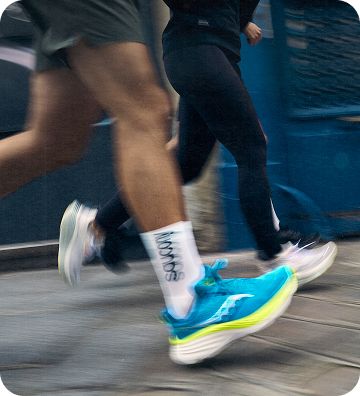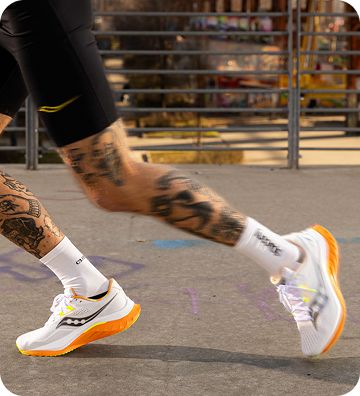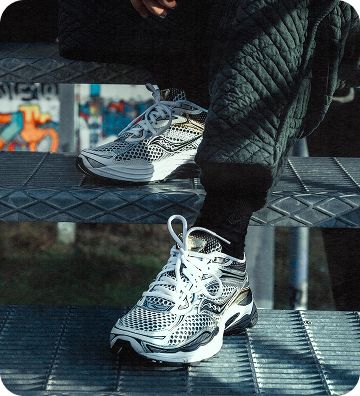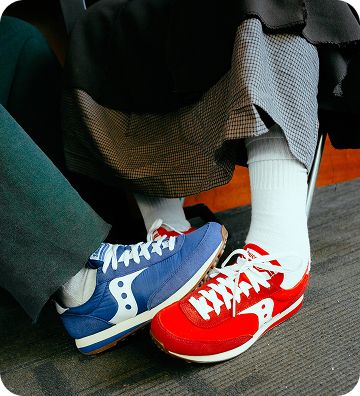We're sorry, no products were found for your search: null
Try your search again using these tips:
- Double check the spelling. Try varying the spelling.
- Limit the search to one or two words.
- Be less specific in your wording. Sometimes a more general term will lead you to the similar products.








